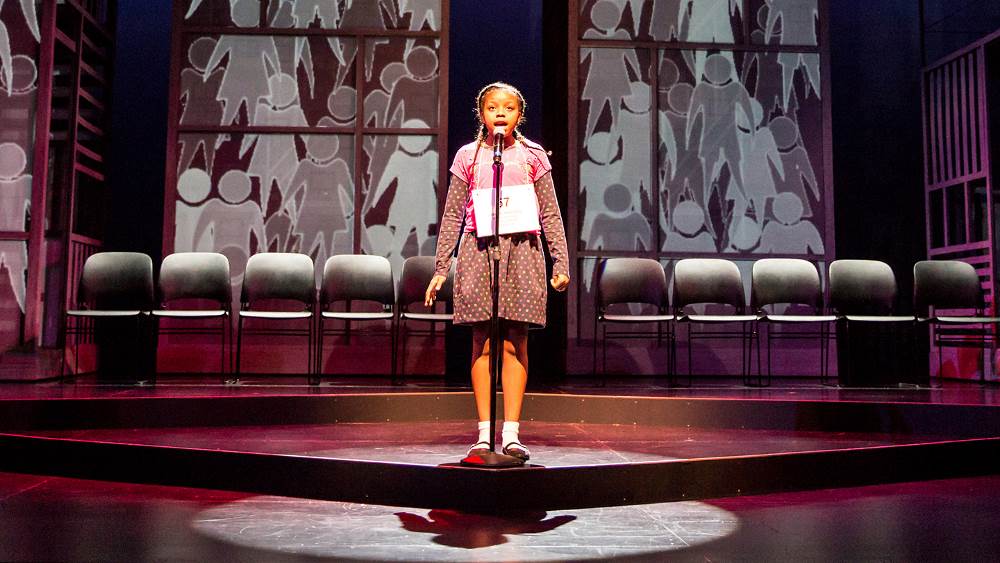In my decades of work as a resident theatre leader, some of the most enlightening experiences came about during my tenure as managing director of Children’s Theatre Company (CTC) in Minneapolis. There I learned about the wide palette of possibility that exists in creating work with and for young audiences. That work can be experimental and form-busting. It can examine serious issues that affect the lives of young people—or not-so-serious issues that nonetheless resonate deeply. While some would say children’s theatre is important for developing the audience of the future, I learned that young people are a phenomenal theatre audience today! Even in the context of a sweeping technology revolution in which young people are the digital natives, the live experience remains infectious. And in this world of virtual reality, real theatre becomes more remarkable every day.
In theatres for young audiences (often known as TYA) there is a special sense of mission among staff and artists—an understanding of how important it is to bring highly imaginative, thought-provoking work to young minds. Among theatregoing families, there is an appreciation for the conversation, bonding, and shared memories that performance provokes. Given the positives, I’ve often wondered why there isn’t at least one well-resourced theatre for young audiences in every community…or more resident theatres with robust family programming.
This question gains added dimension when looking at the facts about theatre attendance in America. While regular attendance across TCG trend theatres (those that completed our fiscal survey in each of the past five years) has on average declined by 1.2 percent, children’s series activity (meaning productions for young audiences staged at non-TYA theatres) has shown attendance growth of 12.9 percent during the same time frame. Earned income from education/outreach programs (such as workshops and classes) was up for the fourth straight year, and reached a five-year high in 2014, as did the number of people served. This isn’t to say that creating and attracting a young or multigenerational audience is always a slam dunk, but simply that, in a world of little attendance growth, this audience segment represents a vivid bright spot.
Aside from attendance, there are any number of good and solid reasons to think about how and why our field might devote more resources to making work for the young and very young. From relaxed performances to the rise of more TYA licensing, this discussion also goes to the heart of our desire to make theatre more inclusive—of different communities and cultures, of varied points of view. And, of course, more inclusive of people of all ages.
In my informal query as to why there aren’t more large resident theatres for young audiences, one simple conclusion is that the vast majority of companies were started by adult artists whose main interest was in exploring the complexities of adult life and society. Additionally, some see children’s theatre as a lesser form, or too restrictive in terms of content. Or maybe it simply doesn’t interest them. The Washington Post’s recent troubling decision to stop reviewing theatre for young audiences exemplifies this undervaluing of cultural experiences for the young. But there’s still room and there’s still time to invest in a new movement of theatre that engages all people—not just those from ages 45 to 85, but from ages 5 to 85. (Or, considering the growing body of work for the very young, from .5 to 85!)
The fact is that such work can be transformative artistically. In a recent email exchange with CTC artistic director Peter Brosius about Animal Dance, his collaboration with the performance artist and choreographer Ann Carlson (recommended for preschoolers and running in Minneapolis through May 1), he wrote: “Working with Ann [Carlson] now is just insane, glorious, and deeply moving. We worked yesterday on how the sound score will be improvised as well as the lighting. Had a great day improvising with Ann and a bunny and a tortoise. Sometimes life is too sweet.”
Other well-known contemporary theatre artists making their way to work at CTC are Taylor Mac, Niegel Smith, Larissa FastHorse, Naomi Iizuka, and more. This year New York City’s French Institute Alliance Française (FIAF) launched the Tilt Kids Festival, including a commission from 600 Highwaymen. The festival of arts for young people features Anima, a collaboration between visual artist Prune Nourry and anthropologist Valentine Losseau, with magicians Raphaël Navarro and Etienne Saglio, artist Takao Shiraishi, and scenographer Benjamin Gabrié. In that show, a luscious forest and archaeological dig open up a world of myth and magic. Kids are invited into an immersive and interactive installation inspired by Mayan culture, to explore the connection between humans, animals, and the soul. The Public Theater in NYC is engaging more children and families through its ambitious Public Works program, which is being replicated nationally.
And, while new and expanded programs are one way to go, there are also many examples of theatres engaging young people through their regular season programming. One example: Dallas Theater Center’s award-winning Project Discovery provides in-depth theatre experiences for thousands of teens each year. DTC covers tickets, teacher training, study guides, student preshow workshops, and buses for every production during the school year.
There is room for extreme imagination and radical empathy in this work. The opportunity awaits adult theatremakers who have never conceived of a piece for young people to do so now. And we may well bolster our attendance for the future in the process.


